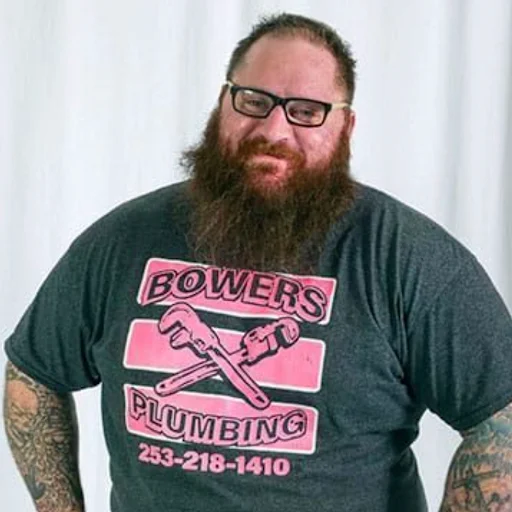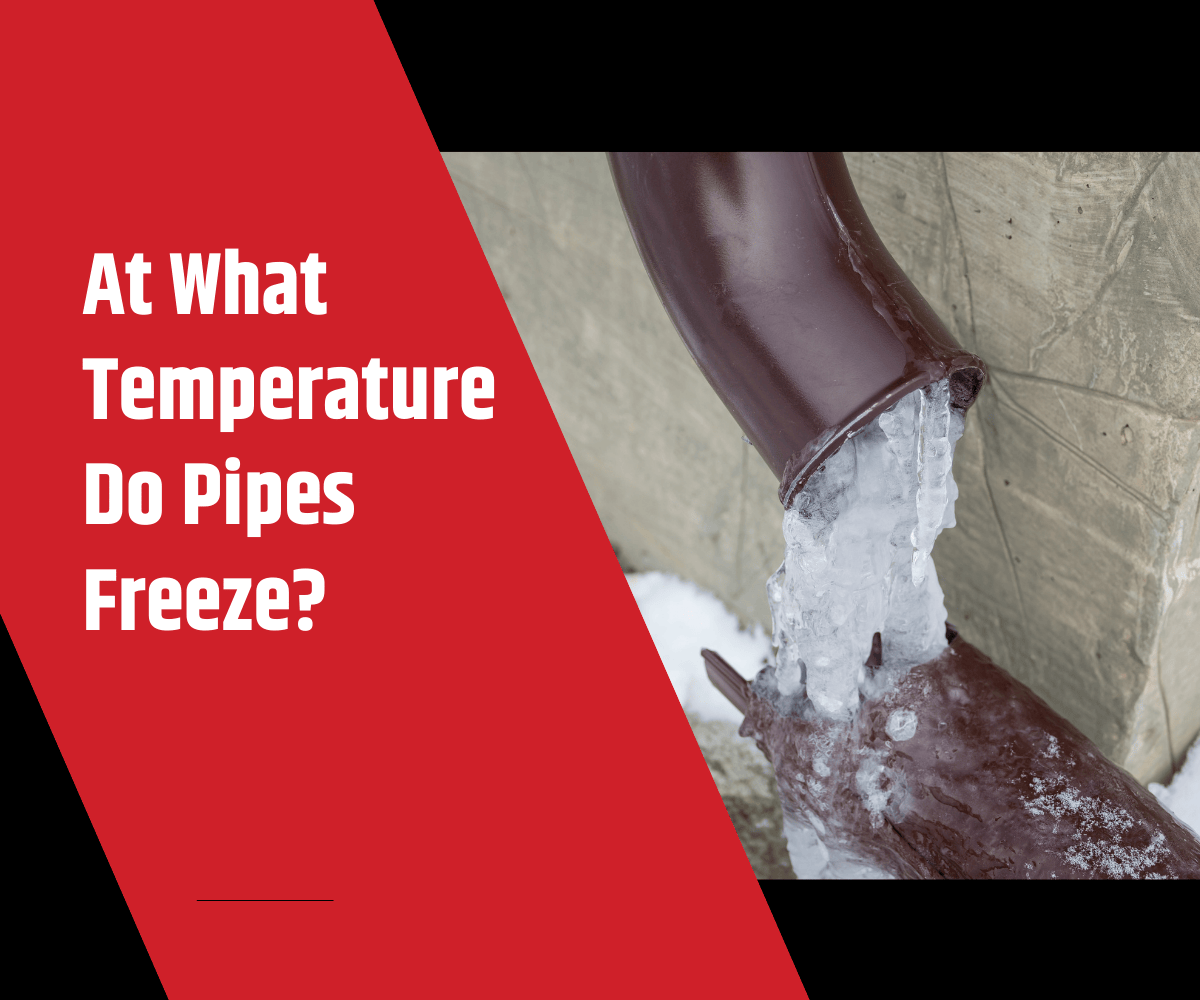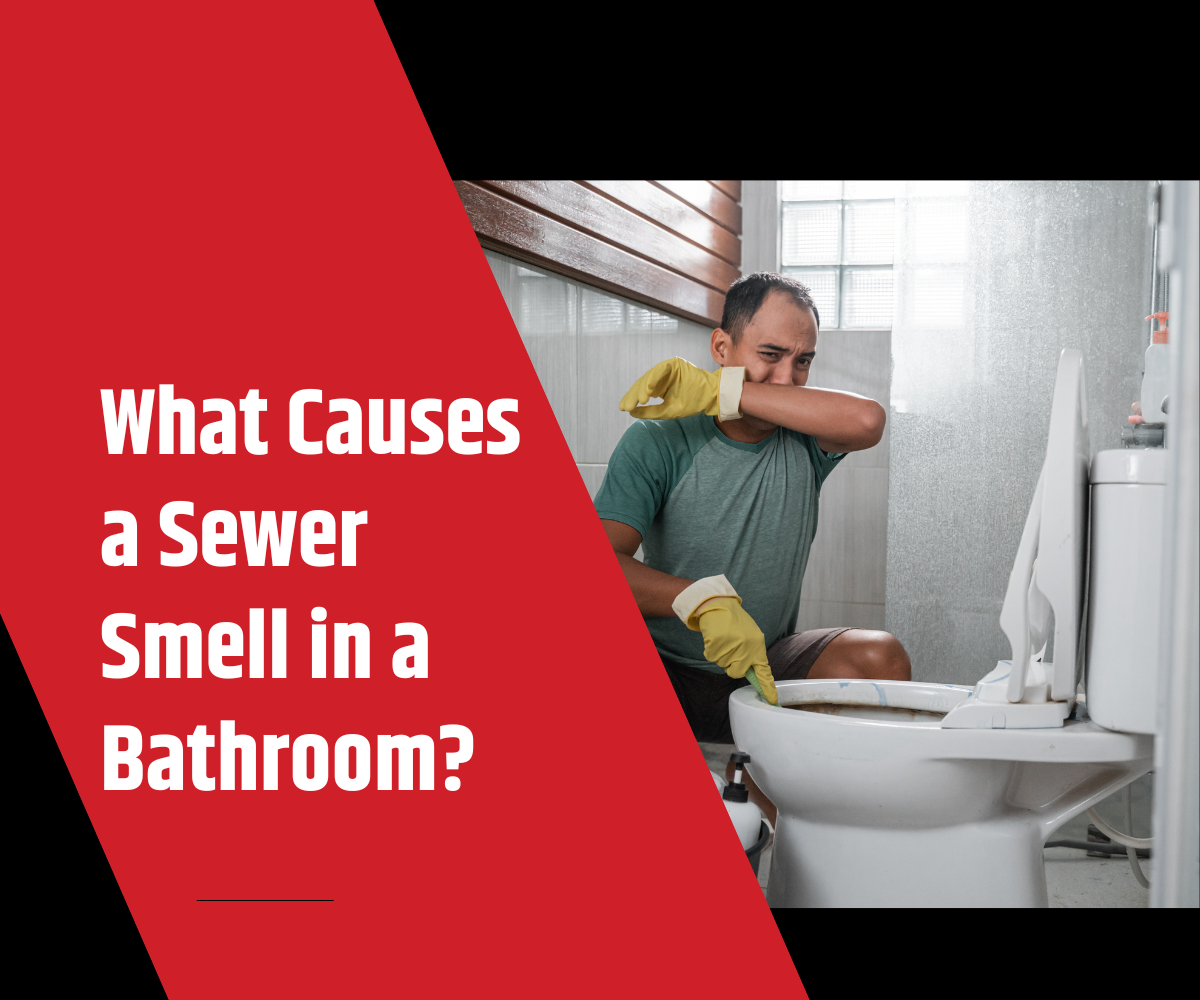How Deep Should a French Drain Be? Expert Tips from Bowers Plumbing & Remodel
If you’re dealing with soggy yards, damp basements, or standing water, installing a French drain might be the best solution. But before digging up your property, you’re probably asking the critical question: how deep should a French drain be? The answer depends on several factors that go beyond a one-size-fits-all depth.
At Bowers Plumbing & Remodel, we’ve been helping Puyallup and surrounding communities in King and Pierce County solve drainage issues since 2010. Our expert team specializes in French drain installation, ensuring your drainage system is both effective and built to last.
Understanding the Purpose of a French Drain
How French Drains Work
French drains redirect water using a slightly sloped trench filled with gravel and a perforated drain pipe. Water enters the trench, flows into the pipe, and is guided away from your home or low-lying yard areas. These systems are particularly valuable for managing excess moisture in residential and commercial settings.
Common Use Cases
- Yards with persistent surface water
- Basements vulnerable to seepage
- Crawl spaces with standing water or humidity issues
- Retaining walls that require pressure reduction
By guiding water away efficiently, French drains prevent foundation damage, mold growth, and erosion.
Standard French Drain Depth Guidelines
- Typical range: 18 to 24 inches deep for residential yards
- Extended depth: 24 to 36+ inches for basements or foundation perimeter
- Minimum slope requirement: 1% (1 inch drop for every 10 feet of pipe length)
Correct drain depth and slope are essential to maintain gravity-driven water movement, especially in flatter terrain. If you’re unsure how deep should a French drain be in your yard, evaluating these factors is the first step.
Factors That Determine French Drain Depth
1. Type of Drainage Problem
Surface water can usually be managed with shallower French drains, but subsurface water (from a high water table or saturated ground) requires deeper placement to intercept the flow effectively. Knowing how deep should a French drain be depends on whether you’re targeting surface or subsurface flow.
2. Soil Composition
- Clay soils hold water and may demand deeper drainage systems to ensure flow
- Sandy soils drain quickly but might shift over time without proper fabric and lining
- Loamy soils are ideal, offering natural drainage balance
Soil type plays a critical role in determining the optimal depth for a French drain system. To understand how deep should a French drain be in various soil types, always perform proper soil testing.
3. Proximity to Foundations or Structures
If protecting a structure, the French drain must be installed below the lowest point of the foundation footing. This ensures water doesn’t pool near structural elements or compromise the building’s integrity. So how deep should a French drain be next to a house? At least to or below footing level.
4. Local Climate and Freeze Line
Cold climates like those in parts of Washington can experience frost lines 18 to 36 inches deep. Your system must sit below this frost line to prevent freezing and cracking. Failure to account for the frost line can lead to pipe damage and ineffective drainage. Again, how deep should a French drain be in colder regions? Below the local frost line.
5. Yard Elevation and Landscaping
Topography plays a major role in drainage. Sloped yards may require shallower drains, while flat or negatively graded landscapes may need deeper trenching and extended pipe systems to redirect water efficiently.
Proper French Drain Installation Depth by Area
Yard Drainage
- Standard depth: 18–24 inches
- Increase depth if:
- Soil is compacted
- Yard has low points with frequent puddling
- Downspouts discharge into the problem area
So, how deep should a French drain be for basic yard drainage? Usually 18–24 inches, adjusted based on slope and saturation.
Basement or Foundation Protection
- Standard depth: 24–36+ inches
- Should be placed well below basement floor level
- Necessary to relieve hydrostatic pressure and control water near the building foundation
In this case, how deep should a French drain be to protect a basement? Deeper than the basement floor and typically below the footing.
Retaining Walls and Sloped Areas
- Drain depth: Up to 48 inches
- Required to alleviate soil saturation and wall pressure
- Supports stability and prevents soil shifting
When it comes to how deep should a French drain be behind a retaining wall, the answer is typically much deeper—up to 48 inches or more.
Why Shallow Drains Fail: Depth-Related Mistakes to Avoid
Poor depth is one of the most common reasons for French drain failure. Problems include:
- Drain installed too close to the surface, failing to capture subsurface water
- Exposure to freeze-thaw cycles damaging the pipe
- Improper slope causing water stagnation
- Inadequate gravel base and filter fabric causing clogs and backflow
A system lacking proper depth may seem functional but can fail quickly under pressure or cold weather conditions. That’s why evaluating how deep should a French drain be is essential.
The Role of Gravel, Fabric, and Pipe Placement at Different Depths
- Filter fabric prevents soil from clogging the gravel
- Gravel layer provides water flow channels and supports the pipe
- Pipe placement should be centered vertically in the trench, with a gravel base and cover layer
| Layer | Recommended Position |
|---|---|
| Filter Fabric | Wraps trench before adding gravel |
| Gravel Base | 2–3 inches below pipe |
| Perforated Pipe | Centered, not resting on soil |
| Top Gravel Cover | 3–6 inches above pipe |
| Soil Backfill | Final top layer after gravel |
Proper placement of fabric and gravel is crucial for the system’s longevity and performance.
French Drain Depth for Cold Climates
Understanding the Frost Line
Frost depth can vary based on regional conditions. In colder areas of Washington, drain depth often must exceed 36 inches. Placement below the frost line is essential to prevent seasonal freeze-ups and drainage failure.
Design Tips for Cold Climates
- Use high-density pipe for durability
- Consider thermal insulation or deeper gravel beds
- Maintain slope to eliminate trapped water
Failing to consider climate can result in burst pipes, blocked drains, or long-term repair costs. In freezing regions, how deep should a French drain be? Always deeper than the frost line.
Depth Considerations: DIY vs. Professional Installation
DIY Drain Depth Challenges
- Difficulty maintaining slope and consistent trench depth
- Risk of disturbing underground utilities
- Choosing incorrect materials or pipe type
Professional Advantage with Bowers Plumbing & Remodel
- Detailed inspection for grading, soil type, and drainage path
- Use of commercial trenching tools for precise digging
- Experience with optimal depth for every drainage scenario
We ensure each French drain is installed to exact specifications, customized for your property. Knowing exactly how deep should a French drain be is part of our expert assessment.
Code Compliance and Permits
Many municipalities require permits for excavation or modifications near structural elements. Drain depth, pipe type, and location are often regulated by local codes.
Steps include:
- Calling 811 to mark utility lines
- Checking with local building authorities for excavation rules
- Obtaining any needed permits for your French drain project
Bowers Plumbing & Remodel handles all compliance and planning to ensure safe, code-compliant installations.
Signs Your French Drain Isn’t Deep Enough
If your French drain system is too shallow, warning signs include:
- Persistent surface water or standing puddles
- Basement moisture or musty smells
- Drain pipe clogs from silt or debris
- Freezing of exposed pipe during winter
- Poor yard drainage even after light rainfall
Correcting the drain depth can restore function and prevent structural water damage. If you’re unsure how deep should a French drain be in your setup, contact our team.
How Our Drainage Experts Get the Depth Right Every Time
At Bowers Plumbing & Remodel, our approach to French drain systems is methodical and tailored:
- Inspection of your property layout and slope
- Soil type testing to determine absorption and compaction
- Calculation of optimal depth based on water table, frost line, and yard grade
- Use of professional trenching and measuring tools for consistent excavation
- Application of best practices in pipe placement, gravel bedding, and fabric layering
This approach results in long-lasting, effective drainage that protects your investment.
FAQs: Answer Engine Optimization
1. How deep should a French drain be around a house foundation?
Typically 24 to 36 inches deep, and it should be placed below the level of the foundation footing to effectively redirect groundwater.
2. Can a French drain be too deep?
Yes. If it is too deep without adequate slope, water may not flow efficiently. It also risks disturbing structural foundations or hitting utilities.
3. What happens if my French drain isn’t deep enough?
It won’t catch subsurface water, may freeze in winter, and could lead to water seepage or structural damage.
4. Should the French drain pipe be at the bottom of the trench?
No. It should rest over a gravel base, not directly on soil, to promote proper drainage and avoid clogging.
5. Do all French drains need to be below the frost line?
Only in cold climates. In areas where frost depth reaches pipe level, placing the system below frost line prevents winter blockage.
6. How do I know the right French drain depth for my yard?
The best approach is a professional assessment. Bowers Plumbing & Remodel can evaluate your slope, soil, and water issues to recommend the ideal depth.
Contact Bowers Plumbing & Remodel
Based in Puyallup, Bowers Plumbing & Remodel proudly serves homeowners and businesses across King County and Pierce County. Since 2010, we’ve delivered professional, affordable solutions for plumbing, drainage, HVAC, and remodeling needs. Whether you’re planning a major French drain installation or need urgent plumbing help, our licensed team is here to serve you.
Call us today at (253) 453-5789 to schedule a free consultation or ask about our discount specials. We offer same-day responses during business hours and next-day replies if you reach out after-hours.
Our skilled, family-owned team is known for:
- Same-day appointment scheduling
- Transparent, honest pricing
- Expert plumbing and home remodeling solutions
- High-quality workmanship and materials
Let Bowers Plumbing & Remodel be your go-to partner for residential plumbing, commercial plumbing, and remodeling projects in the greater Puyallup area.





